COMMON GOOD
Two new rail tunnels need to be built under the Hudson River to alleviate a critical rail bottleneck and permit overhaul of century-old tunnels. The purpose of this report is to outline the economic and environmental costs of different permitting timetables, and to propose approval mechanisms that will save taxpayers billions and avoid significant environmental harm.
Posts Tagged ‘New York City’
Billions for Red Tape: Focusing on the Approval Process for the Gateway Rail Tunnel Project
Friday, May 13th, 2016Cycling in the City: Cycling Trends in NYC
Monday, May 9th, 2016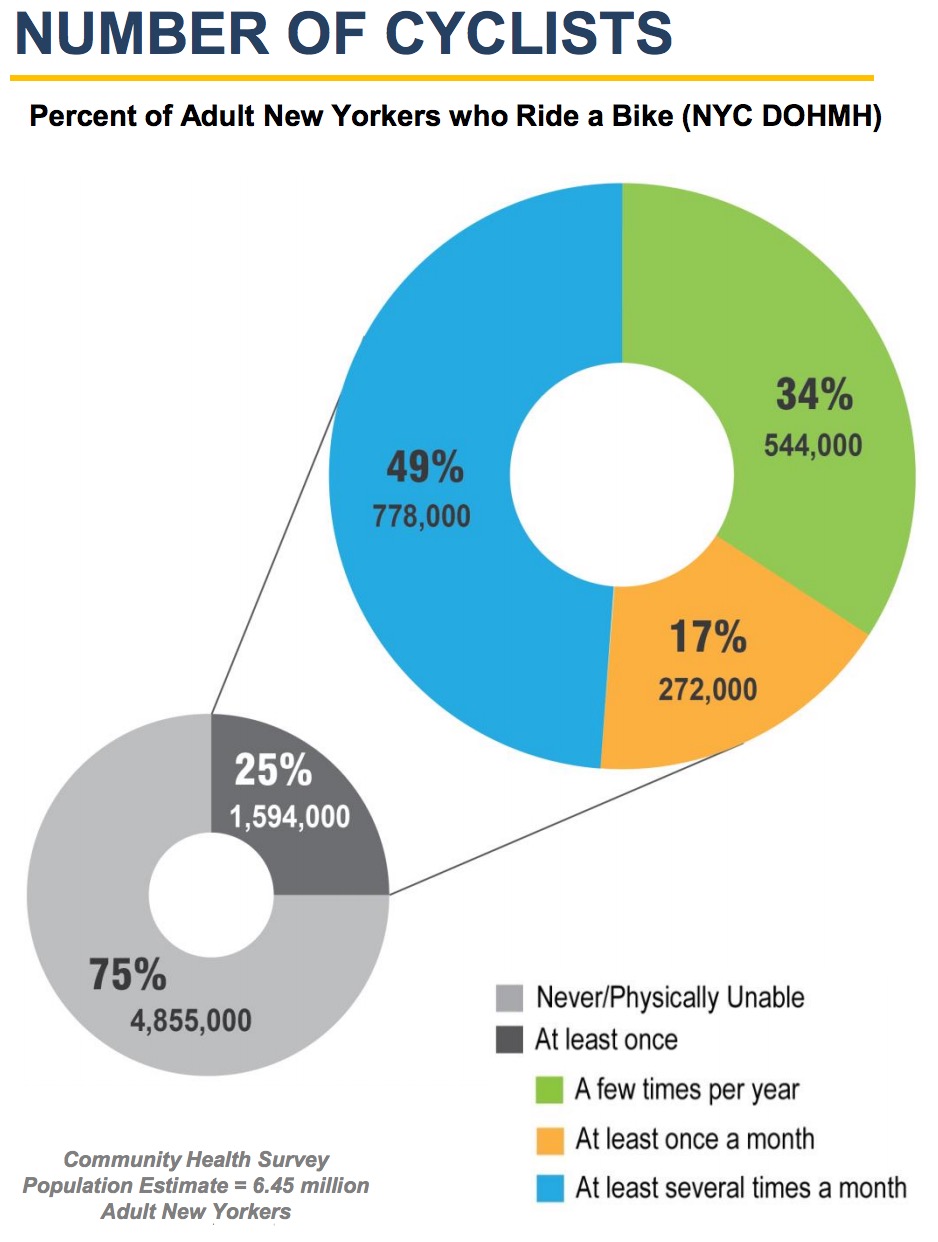
NEW YORK CITY DEPARTMENT OF TRANSPORTATION
Understanding who is biking in New York City and how often they ride is incredibly valuable, but cycling demographics and trends are very challenging to evaluate. Historically, evaluation of cyclist activity in New York City was centered on counting the number of bicycles entering and exiting the core. However, cycling has grown and matured dramatically as a mode of transportation since the first counts were conducted in 1980. New Yorkers are using bikes for a much wider variety of trips, making it even more difficult to assess bicycle use in the City.
RPA Assembly 2016: Join the Discussion to Ensure a Thriving NYC Metro Region
Monday, April 18th, 2016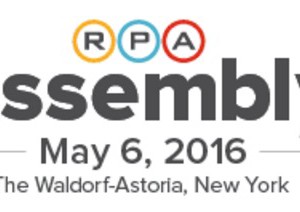
Join the Regional Plan Association on May 6 for RPA’s Assembly, a day of engaging discussion about the best ways to address issues including the crisis of affordability, threats to our coastlines, deteriorating infrastructure and pressures on our quality of life.
View this complete post...Greening Harlem
Tuesday, April 5th, 2016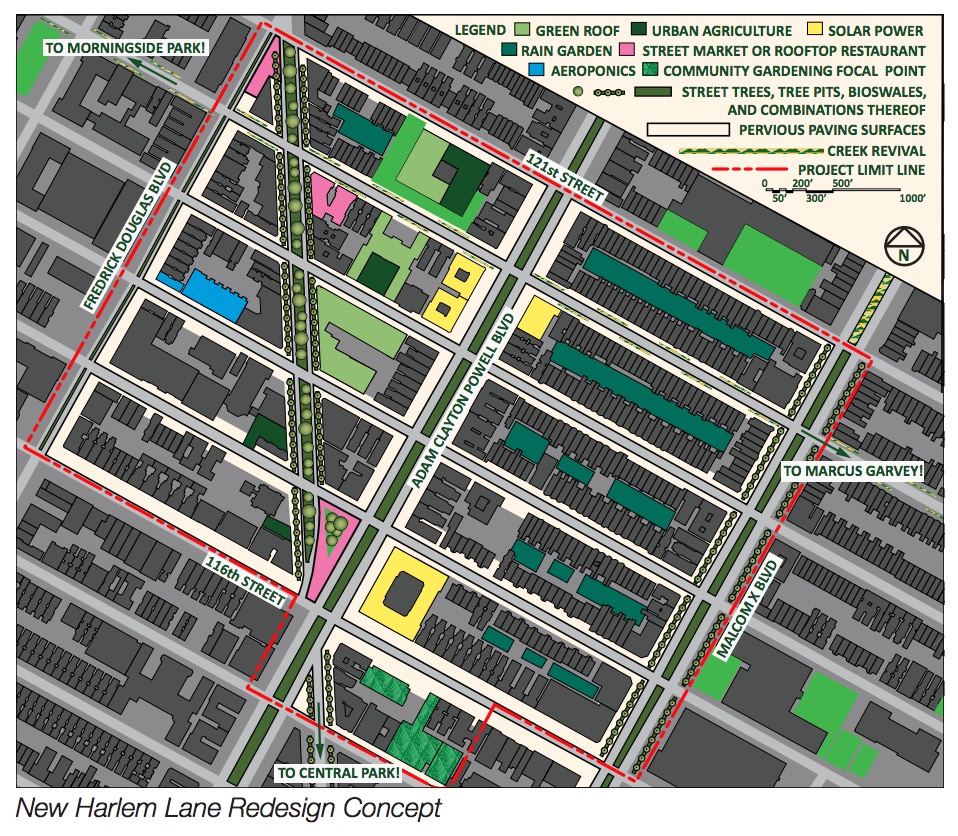
GREEN INFRASTRUCTURE FOUNDATION
Harlem, NY is a neighborhood that has many opportunities: it is vibrant, historic, rich in art and culture, and located in the nation’s financial and cultural capital. At the same time, poverty, unemployment, displacement, and a lack of green space are all challenges that need to be met.
Streetfilms: Five Fabulous Questions for Streetfight’s Janette Sadik-Khan
Wednesday, March 23rd, 2016
Just as former New York City Transportation Commissioner Janette Sadik-Khan launched her multi-city book tour for “Streetfight” (along with co-author Seth Solomonow) we were able to grab her for a few minutes in the pedestrian paradise of Washington Square Park to ask her what we thought were five eclectic questions.
View this complete post...Worldwide Lessons: What NYC Can Learn From 5 Peer Cities
Friday, March 11th, 2016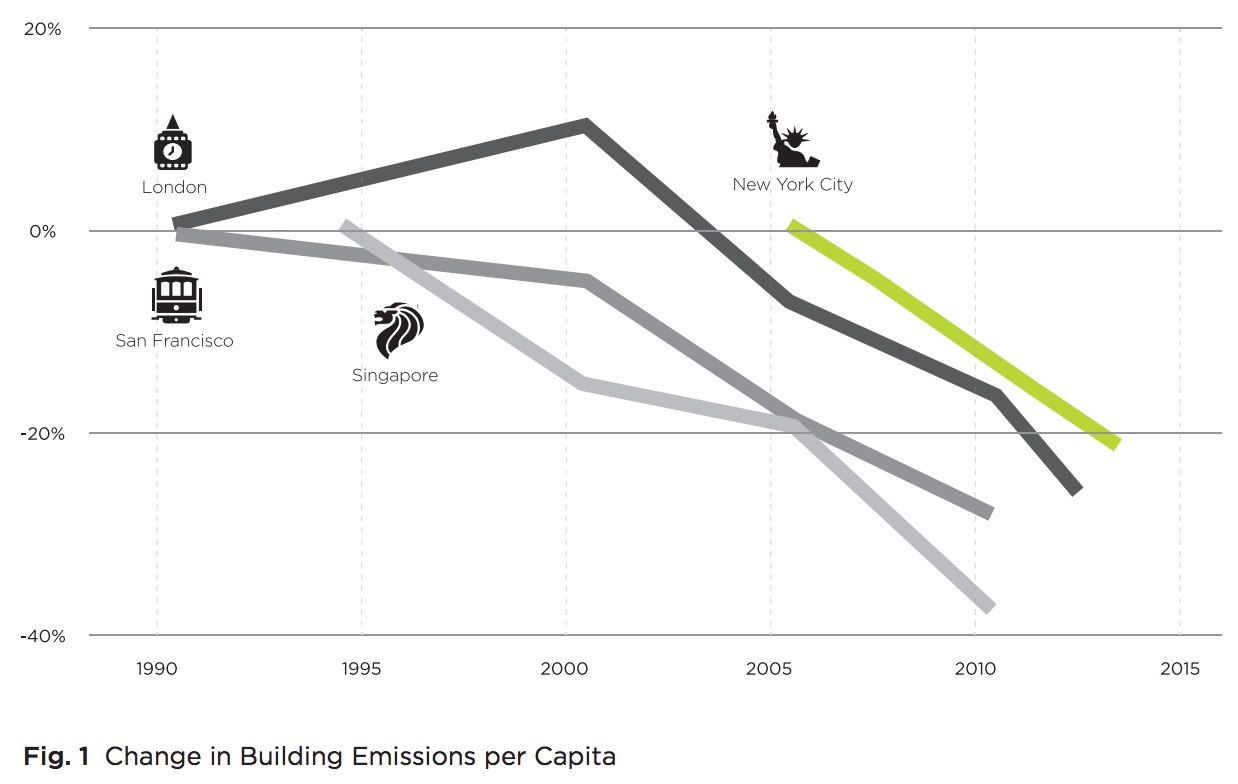
URBAN GREEN COUNCIL Introduction Frankfurt and other German cities are renowned for their commitment to quality construction and engineering. London is filled with historic and diverse buildings. Singapore is famous for its direct regulation of behavior. Sydney and the rest of Australia attempted to put a price on carbon. San Francisco is a legislative testing […]
View this complete post...New York City: Reimagining Underutilized Building Stock and Infrastructure
Thursday, February 18th, 2016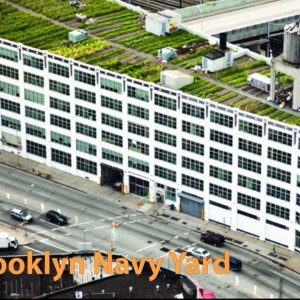
A student summarizes her paper entitled “Reimagining New York City’s Underutilized Building Stock.”
View this complete post...Follow InfrastructureUSA
CATEGORIES
- Accountability (219)
- Aging Infrastructure (758)
- Aviation (130)
- Biking (324)
- Bipartisan (271)
- Bridges (493)
- Broadband (57)
- Buses (160)
- Carbon Tax (22)
- Clean Air (182)
- Climate Change (201)
- Competitiveness (230)
- Congestion (327)
- Dams (77)
- Democrat (123)
- Drinking Water (192)
- Economic Stimulus (276)
- Employment (207)
- Energy (585)
- Environment (615)
- Equity (239)
- Funding (888)
- Global (205)
- Great American Infrastructure (33)
- Green (295)
- Guests on The Infra Blog (291)
- Hazardous Waste (27)
- High Speed Rail (224)
- Highway (785)
- Inland Waterways (204)
- Jobs (251)
- Land Use (99)
- LEED (28)
- Levees (42)
- Local (1,910)
- National (1,526)
- Policy (1,121)
- Pollution (215)
- Private Investment (213)
- Public Opinion (189)
- Public Parks & Recreation (198)
- Public Transportation (1,028)
- Racism (6)
- Rail (504)
- Recession (65)
- Recovery (218)
- Republican (109)
- Roads (1,120)
- Schools (81)
- Seaports (69)
- Smart Grid (98)
- Smart Growth (442)
- Solid Waste (26)
- Sustainability (766)
- Tax (112)
- Technology (397)
- Telecommunications (46)
- Transit (1,333)
- Urban Planning (982)
- Wastewater (182)
- Water Treatment (167)
Video, stills and tales. Share images of the Infra in your community that demands attention. Post your ideas about national Infra issues. Go ahead. Show Us Your Infra! Upload and instantly share your message.
Is the administration moving fast enough on Infra issues? Are Americans prepared to pay more taxes for repairs? Should job creation be the guiding determination? Vote now!
What do the experts think? This is where the nation's public policy organizations, trade associations and think tanks weigh in with analysis on Infra issues. Tell them what you think. Ask questions. Share a different view.
The Infra Blog offers cutting edge perspective on a broad spectrum of Infra topics. Frequent updates and provocative posts highlight hot button topics -- essential ingredients of a national Infra dialogue.
Dear Friends,
It is encouraging to finally see clear signs of federal action to support a comprehensive US infrastructure investment plan.
Now more than ever, our advocacy is needed to keep stakeholders informed and connected, and to hold politicians to their promises to finally fix our nation’s ailing infrastructure.
We have already engaged nearly 280,000 users, and hoping to add many more as interest continues to grow.
We require your support in order to rise to this occasion, to make the most of this opportunity. Please consider making a tax-deductible donation to InfrastructureUSA.org.
Steve Anderson
Managing Director
SteveAnderson@InfrastructureUSA.org
917-940-7125














![Fig. 1. Fastest and simplest paths in primal and dual networks. (A) In the primal network of the New York City (NYC) metropolitan system, a simplest path (light blue) from 125th Street on line 5 (dark green) to 121st Street on line J (brown) differs significantly from a fastest path (gray). There is only one connection for the above simplest path (Brooklyn Bridge–City Hall/Chambers Street) in Lower Manhattan. In contrast, the above fastest path needs three connections (5→F→E→J). We compute the duration of this path using travel times from the Metropolitan Transportation Authority (MTA) Data Feeds (see Materials and Methods). We neglect walking and waiting times. (B) In the dual space, nodes represent routes [where ACE, BDFM, and NQR are service names (49)], and edges represent connections. A “simplest path” in the primal space is defined as a shortest path with the minimal number of edges in the dual space (light-blue arrow). It has a length of C = 1 and occurs along the direct connection between line 5 (dark-green node) and line J (brown node). The above fastest path in the primal space has a length of C = 3 (gray arrows) in the dual space, as one has to change lines three times. [We extracted the schematic of the NYC metropolitan system from a map that is publicly available on Wikimedia Commons (45).]](https://www.infrastructureusa.org/wp-content/uploads/2016/03/transitsystems.jpg)

 RSS Feed
RSS Feed